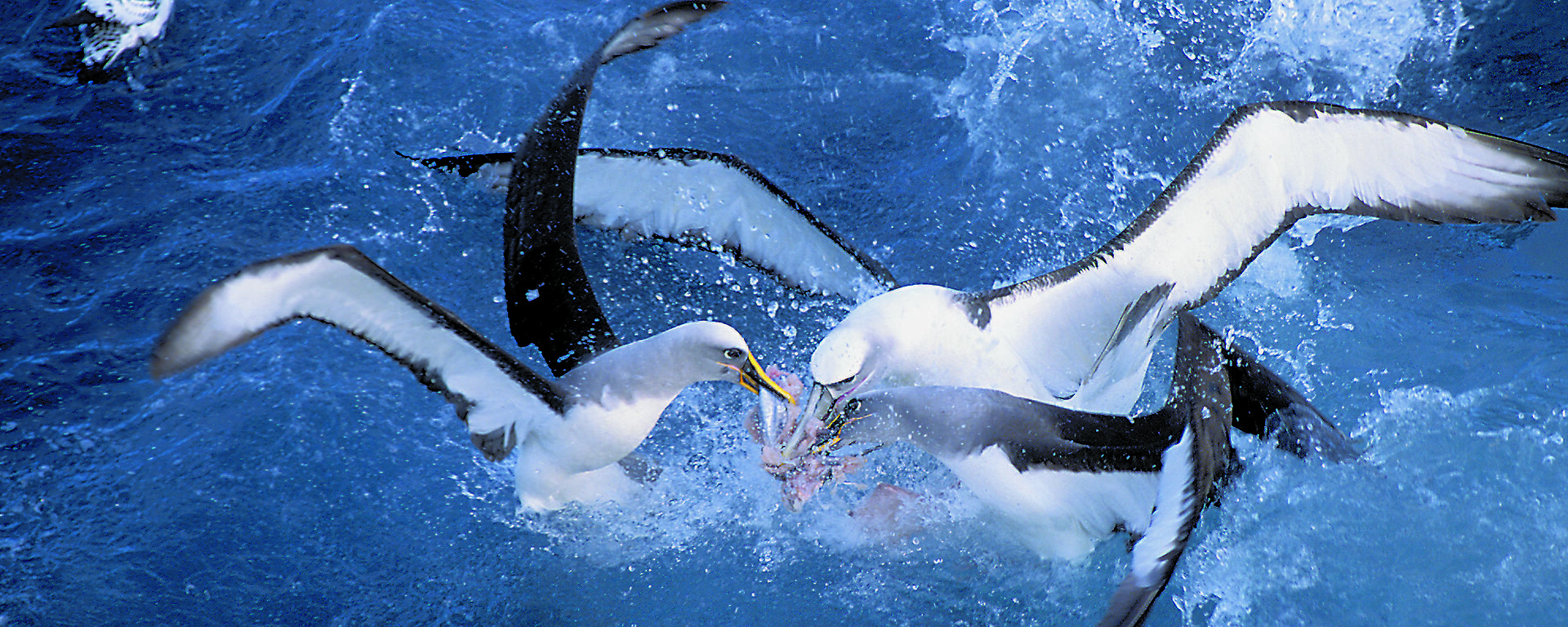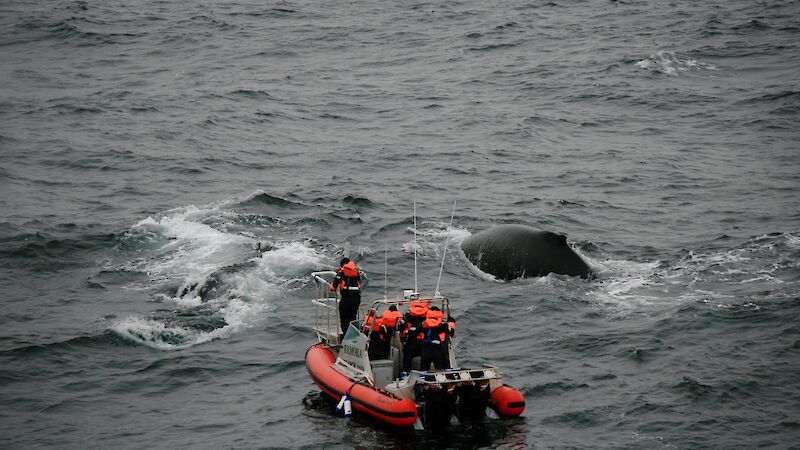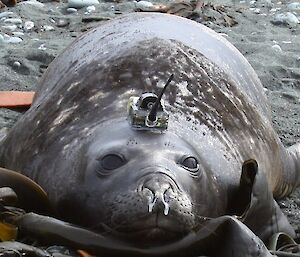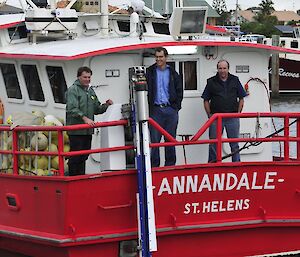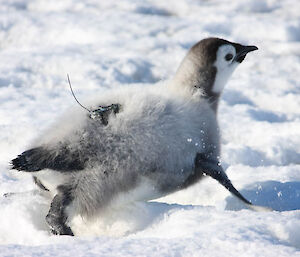Electronic recording devices attached to marine creatures like whales, seals, seabirds and fish, are providing scientists with a fascinating glimpse into life in the marine realm and information that will help manage and protect the animals and their ecosystems.
Now an international contingent of marine scientists is gathering in Hobart to discuss the science and technology of ‘bio-logging’ — the collection and analysis of data using animal-borne instruments (or tags) to understand the animals’ behaviour, physiology and ecology.
The Fourth International Science Symposium on Bio-logging has also attracted industry groups involved in the development of the electronic bio-logging tags.
Australian Antarctic Division whale researcher, Dr Nick Gales, who is part of the symposium organising committee, says bio-logging tags play an important role in Antarctic and subantarctic research on flying seabirds, emperor penguins, seals, whales.
‘There is a huge range of tags available, depending on the species you are studying and the information you want to collect,’ he says.
‘The tags either transmit their data to your computer via satellite, or store it in an internal memory where it can be extracted once the tag is retrieved. They can be attached internally or externally and can record a vast range of parameters, including sea water properties, depth, speed, location, temperature, light and tilt.’
The tags effectively provide a diary of the animal’s activities and its environment over minutes, months or years. But the vast amount of data that can be collected means researchers now face the challenge of how to analyse, interpret and use it.
‘A major focus of this symposium will be to look at tools for the analysis and visualisation of data and its integration into management applications,’ Dr Gales says.
The symposium has five themes which will explore:
- using bio-logging data to evaluate the effect of ocean and climate conditions on individuals and populations in the Southern Ocean;
- integrating bio-logging data relevant to fisheries into management tools;
- extrapolating information about populations and ecosystems from data collected on individual animals;
- using bio-logging data to understand the biology and ecology of species of conservation concern and developing tools relevant to conservation issues;
- using bio-logging data in habitat modelling to understand the relationships between individuals, their habitat and habitat use.
Australian Antarctic Division seabird ecologist, Dr Graham Robertson, has used bio-logging tags to study albatross and petrel species at risk of becoming bycatch in longline fisheries. Now he uses the technology to develop seabird-saving devices for the fishing industry.
‘I use time-depth recorders to study the sink rates of demersal (sea floor) and pelagic (open ocean) longlines and to design experiments that test the effects of gear modifications on the sinking of these lines,’ he says.
The research has enabled Dr Robertson to develop an award-winning ‘Underwater Bait Setter’, which deploys baited hooks six metres under water where the seabirds can’t get them.
The work is contributing directly to the conservation of seabirds through changes in fishing practices and policies.
Dr Robertson will discuss his work and the importance of ensuring scientific research feeds into policy and practical management solutions, in a keynote address at the symposium.
The symposium is being held at Wrest Point Hotel from 14–18 March. For details see the Bio-logging 4 website.
Bio-logging research at the Australian Antarctic Division
- Dr Nick Gales’ research on satellite tagging of humpback whales in the Southern Ocean: ‘First non-lethal whale study answers big questions’
- Dr Robertson’s Underwater Bait Setter research and video.
- Tracking the secret life of snow petrels
- Emperor penguin research

